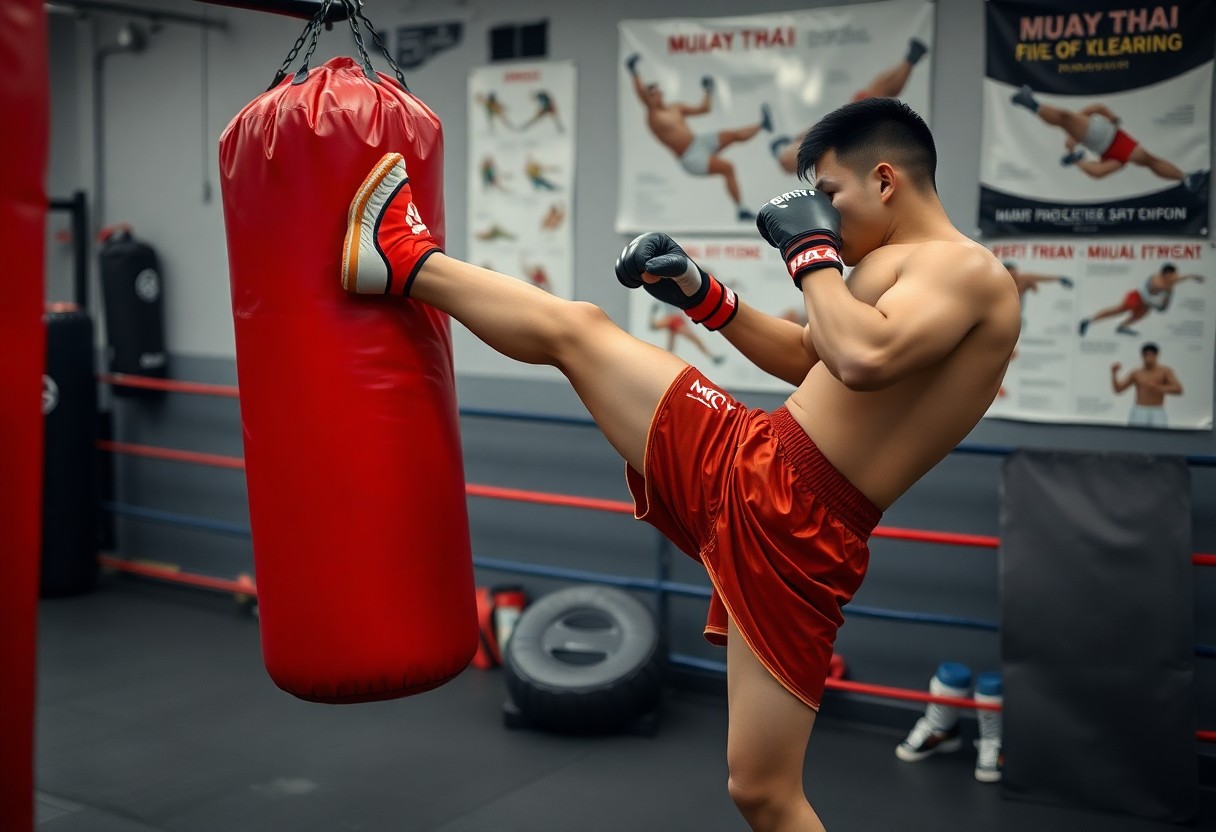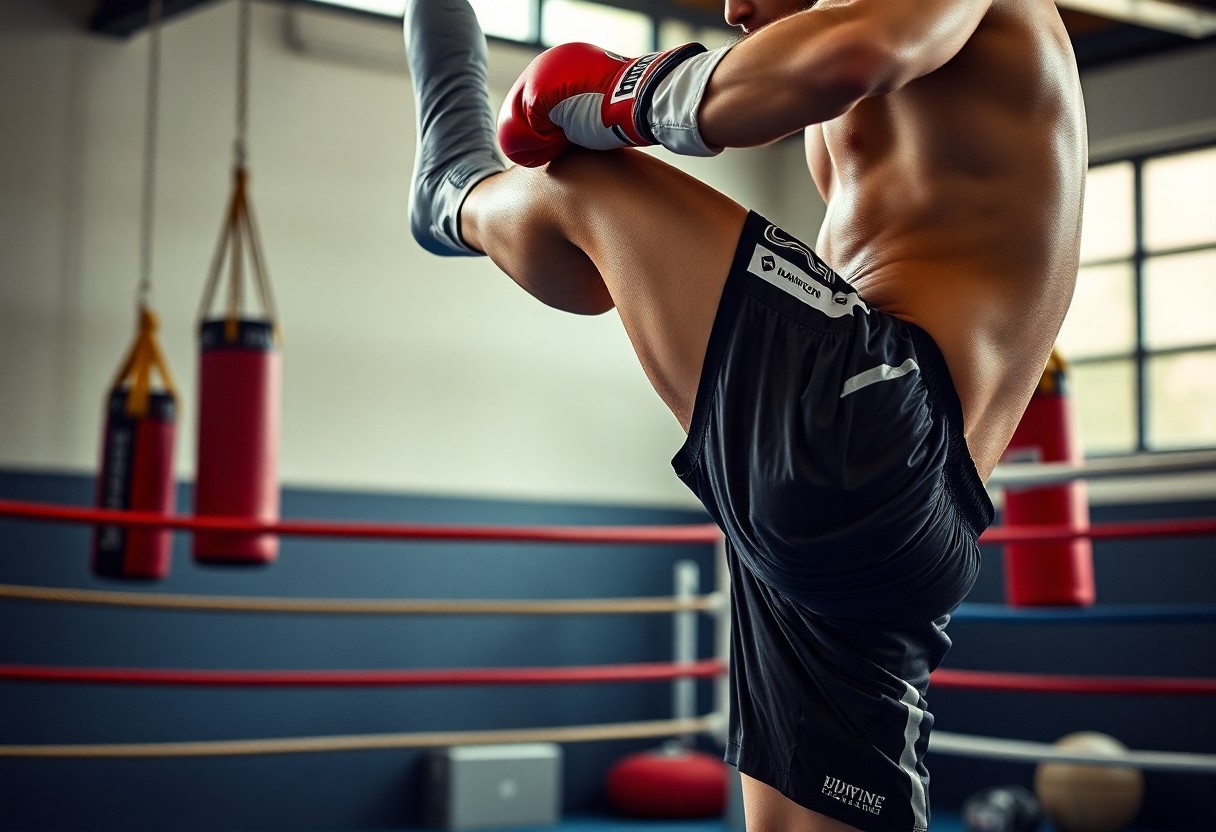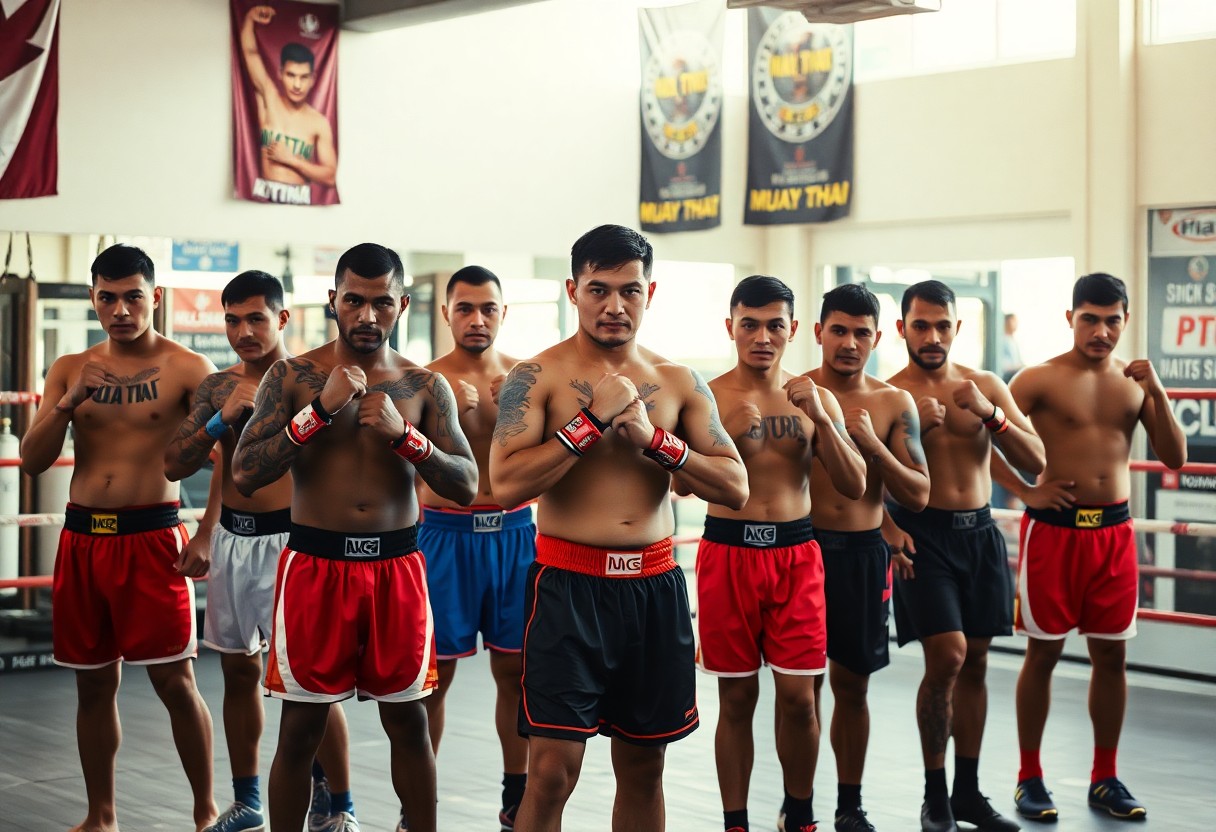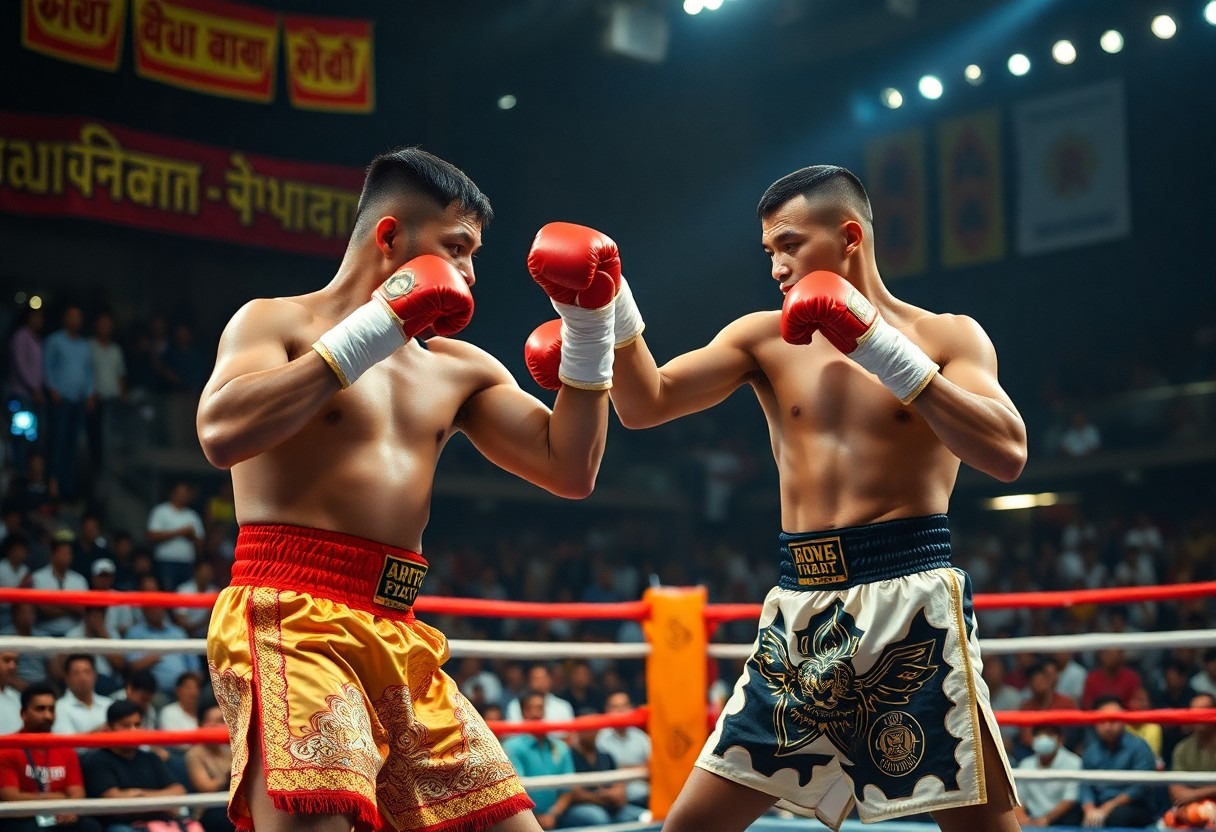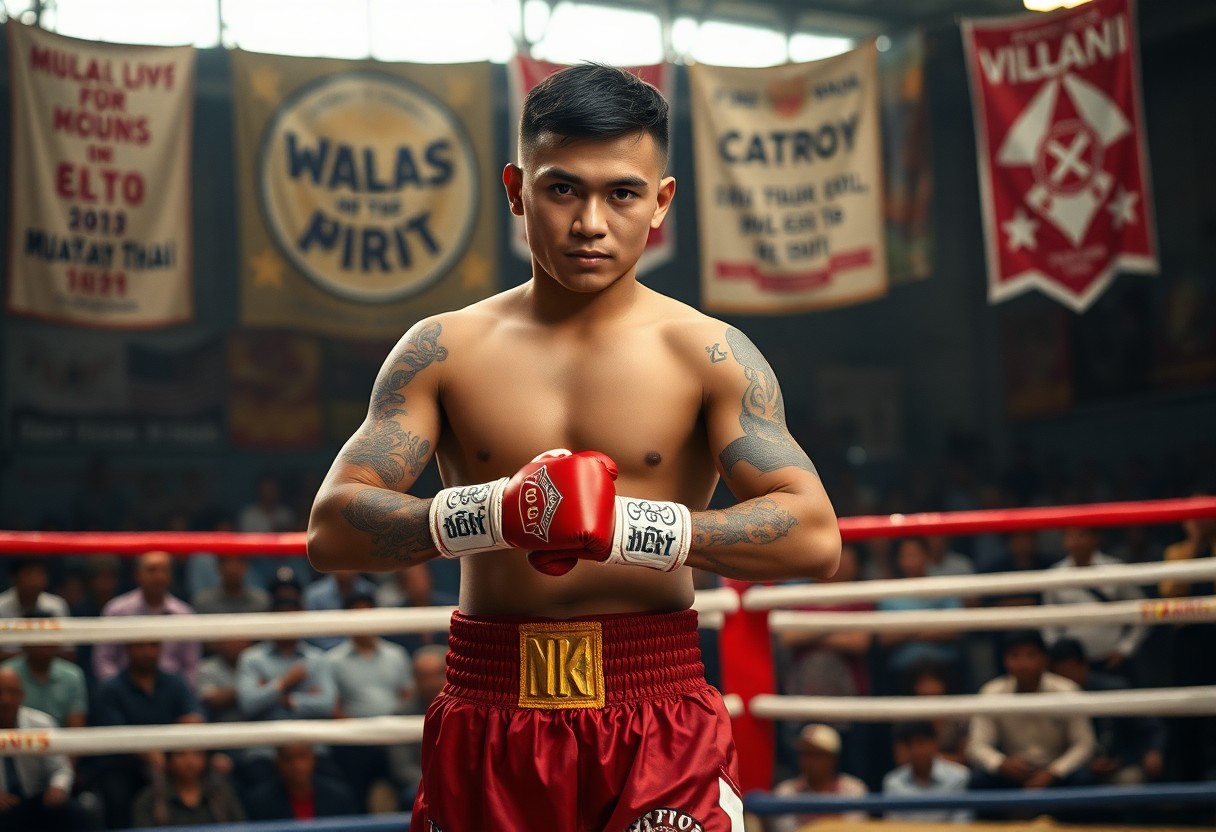
Martial arts encompass a wide range of disciplines, each with its distinct techniques and philosophies. As you explore various forms, you may wonder what sets Muay Thai apart from the rest. This striking art form, known as the “Art of Eight Limbs,” utilizes punches, kicks, elbows, and knees, making it both effective and versatile in combat. In this blog post, you’ll discover the unique elements of Muay Thai that contribute to its growing popularity and effectiveness, helping you understand why it stands out among other martial arts.
Historical Background of Muay Thai
Your understanding of Muay Thai’s uniqueness is incomplete without exploring its historical background. The sport has deep roots that intertwine with Thai culture, evolving throughout centuries as a method of self-defense and warfare. Initially developed by the military, Muay Thai has transformed into a globally recognized martial art, showcasing not just physical prowess but also rich traditions and values of discipline and respect.
Origins and Evolution
With origins tracing back to the 16th century, Muay Thai evolved from the battlefield techniques of ancient Siam warriors. As the need for armed combat diminished, these techniques transitioned into a sport, refining its style and incorporating rituals and training methods passed down through generations. Over the years, it has adapted various influences, solidifying its place in both Thai culture and the global martial arts community.
Cultural Significance
By understanding the cultural significance of Muay Thai, you appreciate its role beyond just a sport. It serves as a reflection of Thai identity, encompassing rituals, music, and traditional practices that honor its rich heritage.
Historical ties to Thai royalty and national pride elevate Muay Thai’s status in the country. It is often seen in ceremonial events, exemplifying respect for ancestors and traditions. The Wai Khru ritual, performed before fights, highlights the respect fighters have for their trainers and lineage. This deep cultural connection not only enhances the sport’s appeal but also solidifies Muay Thai’s place in Thailand’s national identity, making it a powerful symbol of unity and strength for the Thai people.
Key Techniques in Muay Thai
One of the standout features of Muay Thai is its diverse set of techniques, which combines striking and clinch work. This martial art, often dubbed the “Art of Eight Limbs,” allows you to utilize your fists, elbows, knees, and shins to deliver powerful strikes, making it effective in both offensive and defensive situations.
Striking Techniques
Techniques in Muay Thai emphasize powerful strikes that come from various angles, allowing you to maintain versatility in combat. You will learn how to throw straight punches, powerful roundhouse kicks, and devastating knees, each delivering maximum impact. The art focuses on developing speed, timing, and precision, ensuring your strikes land effectively on your opponent.
Clinch Work and Elbows
Against common perceptions of striking alone, clinch work and elbow strikes in Muay Thai add a distinct layer to your skill set. These techniques allow you to control your opponent’s movement and create openings for devastating elbow strikes in close quarters, making you formidable in both standing exchanges and grappling situations.
Plus, mastering clinch work gives you the ability to dictate the pace of a fight, wearing down your opponents while creating opportunities for elbows that can quickly turn the tide in your favor. The close range tactics of Muay Thai ensure that you are not just reliant on distance strikes, enabling you to adapt seamlessly to any combat scenario. Understanding and integrating these elements into your training will undoubtedly elevate your overall fighting strategy.
Comparison with Other Martial Arts
Despite the similarities between martial arts, each discipline has its own distinct techniques and philosophies. The following table outlines key aspects of Muay Thai in comparison with other popular martial arts:
| Martial Art | Key Characteristics |
|---|---|
| Muay Thai | Utilizes punches, kicks, elbows, and knee strikes; emphasizes clinch fighting. |
| Boxing | Focuses primarily on hand strikes; limited use of footwork and head movement. |
| Kickboxing | Combines punches and kicks; more flexible than boxing, but usually excludes elbows and knees. |
Striking Arts: Muay Thai vs. Boxing and Kickboxing
Against both boxing and kickboxing, Muay Thai stands out due to its use of elbows and knees, providing a broader arsenal for striking. While boxing emphasizes footwork and head movement to dodge and counter, Muay Thai incorporates the clinch, allowing you to control opponents and deliver powerful strikes at close range.
Grappling Arts: Muay Thai vs. Brazilian Jiu-Jitsu and Judo
Beside striking techniques, Muay Thai’s clinch work is its unique feature compared to grappling-based arts such as Brazilian Jiu-Jitsu and Judo. While these arts prioritize ground control and throws, Muay Thai is centered on standing encounters that utilize strikes in conjunction with grappling techniques.
Other martial arts like Brazilian Jiu-Jitsu and Judo focus on ground fighting and submissions, emphasizing leverage and technique to overcome an opponent’s strength. In contrast, Muay Thai remains predominantly a stand-up art that integrates strikes and clinches, giving you the ability to maintain an offensive approach while also defending against takedowns, which enhances your overall combat effectiveness.
Physical and Mental Benefits
Now, when you engage in Muay Thai, you unlock a treasure trove of physical and mental benefits. This art form not only enhances your strength and endurance but also sharpens your focus and resilience. The intense training required in Muay Thai fosters a holistic approach to fitness, making it ideal for those looking to improve both their physical capabilities and mental acuity.
Fitness and Conditioning
Fitness is at the heart of Muay Thai training, which emphasizes high-intensity workouts that improve cardiovascular health and build muscle. As you go through rigorous drills and sparring sessions, you’ll notice increased stamina, enhanced flexibility, and overall better body composition. This unique combination of techniques keeps you in peak physical condition while developing motor skills applicable in real-world scenarios.
Mental Toughness and Discipline
Beside the physical aspects, Muay Thai also cultivates mental toughness and discipline. As you push through challenging training sessions, you learn to overcome obstacles and develop a strong mindset that extends beyond the gym. This disciplined approach can translate into various aspects of your life, helping you tackle challenges with confidence and perseverance.
Conditioning your mind is just as important as conditioning your body in Muay Thai. Training consistently not only strengthens your muscles but also teaches you how to manage stress, maintain focus under pressure, and stay committed to your goals. As you face the rigors of training, you build resilience that helps you tackle life’s challenges outside of martial arts, fostering a well-rounded sense of self-discipline and mental clarity.
Training and Practice
Many individuals are often drawn to Muay Thai for its dynamic training techniques and rigorous practice routines. The sport focuses on developing physical strength, flexibility, and mental toughness, which are crucial for success in both the ring and personal fitness journeys. You will engage in a variety of drills, sparring sessions, and conditioning exercises, fostering discipline and a deep understanding of the art itself.
Traditional Training Methods
After centuries of evolution, Muay Thai retains many traditional training methods that emphasize the basics. Training often includes pad work, shadowboxing, and a special emphasis on building stamina through long runs and jump rope exercises. You’ll also learn techniques passed down through generations, offering a glimpse into the rich cultural heritage of this martial art.
Modern Adaptations and Trends
Adaptations of Muay Thai have surged in popularity, blending traditional elements with modern fitness trends. You may find classes that incorporate circuit training, high-intensity interval training (HIIT), and focused strength training, appealing to a broader audience looking to improve their fitness levels. These innovations enhance your overall experience by making training more accessible and enjoyable.
Further, you will discover that many gyms now offer specialized classes, such as women’s Muay Thai sessions or youth programs, aimed at fostering a supportive environment for participants of all ages and backgrounds. This evolution allows for greater inclusivity while maintaining the core principles of the art. With the rise of online tutorials and virtual coaching, you can also train at your own pace, ensuring that you can continue to improve your skills regardless of your location or schedule.
Final Words
As a reminder, Muay Thai stands out among other martial arts due to its unique combination of striking techniques, rich cultural heritage, and practical application in both self-defense and competition. By incorporating elbows, knees, and clinch work, you experience a diverse skill set that promotes versatility and resilience. As you explore these martial arts, consider how Muay Thai’s emphasis on both mental and physical conditioning can enhance your personal growth, ultimately setting it apart as a powerful and effective form of martial training.

